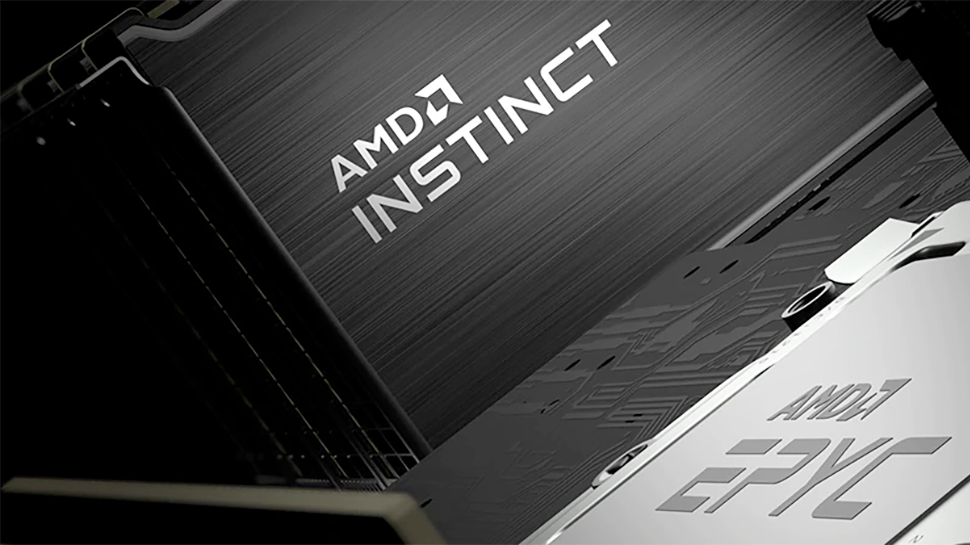AMD vs Nvidia: The AI Chip Battle Intensifies
AMD and Nvidia's rivalry intensifies in the AI chip market, driven by strategic partnerships, innovation, and geopolitical challenges reshaping the industry.

AMD vs Nvidia: The AI Chip Battle Intensifies
The long-standing rivalry between AMD (Advanced Micro Devices) and Nvidia has reached a new level of intensity as both companies vie for supremacy in the burgeoning artificial intelligence (AI) semiconductor market. This phase is characterized by strategic partnerships, technological advancements, and geopolitical challenges reshaping the semiconductor industry.
Background: The Stakes in AI Semiconductor Market
The AI semiconductor market is projected to reach $154 billion by 2030, growing at a 20% compound annual growth rate (CAGR). This explosive growth is driven by increasing demand for AI infrastructure in data centers, cloud computing, and AI-driven applications across various industries.
Nvidia has traditionally led the AI chip market, renowned for its CUDA architecture and GPU dominance in AI training and inference workloads. However, AMD is now aggressively challenging Nvidia’s supremacy with new technology and strategic alliances, most notably a multibillion-dollar partnership with OpenAI. This deal has significantly boosted AMD’s market position and stock price, with shares jumping 26% following the announcement, while Nvidia’s shares experienced a slight decline.
Key Developments in the Rivalry
-
AMD’s Strategic Bet on AI Infrastructure
AMD’s recent collaboration with OpenAI secures access to approximately 6 gigawatts of AI computing power via its MI450X GPUs, which deliver up to 50 petaFLOPS of FP4 performance and 288GB of high-bandwidth memory (HBM4). These specifications allow AMD to outperform many existing AI systems, positioning it as a strong contender against Nvidia’s offerings. -
Nvidia’s Response and Partnerships
Nvidia is not standing still. It is advancing its next-generation Blackwell architecture, expected to achieve 50 petaFLOPS performance by 2026, matching AMD’s current capabilities. To navigate global challenges including U.S.-China tensions, Nvidia has also formed a strategic partnership with Intel, aiming to solidify its supply chain and market reach amid geopolitical uncertainties. -
Geopolitical and Supply Chain Challenges
Both companies face hurdles from U.S. export controls on China, which constrain access to certain technologies and markets. Additionally, supply chain issues and the ongoing semiconductor shortage complicate production and delivery. AMD and Nvidia must balance competitive innovation with strategic supply chain management.
Technological and Ecosystem Considerations
A critical difference between the two competitors lies in their software ecosystems. Nvidia’s CUDA platform has been the industry standard for AI development for years, fostering a large developer community. AMD’s ROCm platform, while growing, still lags behind in ecosystem maturity, which could slow adoption despite superior hardware specs in some cases.
However, AMD is actively investing to strengthen its developer ecosystem and broaden its AI infrastructure footprint. Its partnership with OpenAI not only guarantees large-scale hardware deployment but also deepens its software and AI model integration, potentially closing the CUDA gap over time.
Market Impact and Industry Implications
The AMD-Nvidia rivalry is shaping the AI semiconductor market in several ways:
- Innovation Acceleration: The competition drives rapid advancement in GPU performance, memory technology, and power efficiency, benefiting end users and AI application developers.
- Market Diversification: AMD’s rise challenges Nvidia’s dominance, providing customers with more choices and potentially lowering costs.
- Geopolitical Influence: The rivalry is entwined with global trade policies and export controls, reflecting how tech competition increasingly intersects with national security concerns.
- Investor Sentiment: AMD’s recent partnership with OpenAI and subsequent stock surge illustrate how strategic AI alliances can dramatically affect market valuations.
Visuals That Illustrate the Rivalry
- AMD MI450X GPU: Images highlighting AMD’s flagship AI GPU showcasing the hardware powering OpenAI’s infrastructure.
- Nvidia Blackwell Architecture: Concept art or official renders of Nvidia’s upcoming AI GPU architecture.
- Executives and Partnership Events: Photos of AMD and Nvidia leadership during recent AI-related announcements or industry conferences.
- Market Performance Charts: Graphs showing AMD’s stock rise post-OpenAI deal and Nvidia’s relative performance.
Conclusion
The AMD-Nvidia rivalry has entered a frosty new chapter characterized by high-stakes innovation, strategic partnerships, and complex geopolitical dynamics. AMD’s bold multi-year deal with OpenAI signals its intent to disrupt Nvidia’s longstanding AI chip dominance, while Nvidia’s technological advancements and alliances indicate a determined defense of its leadership. This competition is not only defining the future of AI hardware but also influencing broader trends in technology, global trade, and market dynamics.
As AI continues its rapid expansion, the semiconductor battle between AMD and Nvidia will remain a critical factor shaping the industry’s evolution in the coming years.